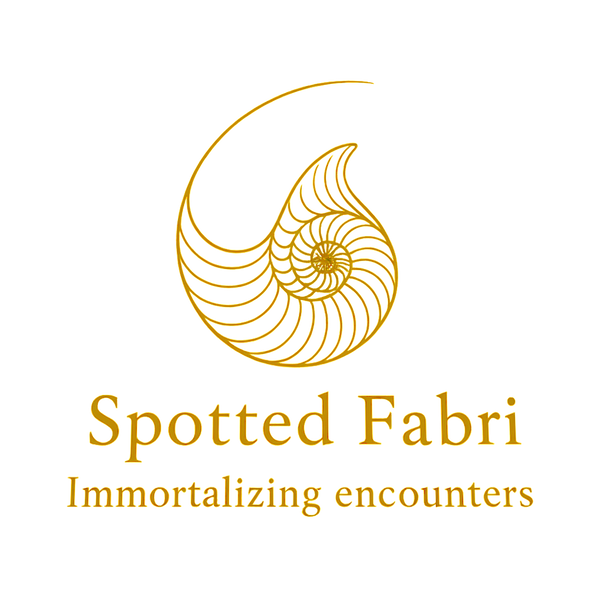-2.jpg)
Empowering Traditions and Science: Coral Restoration at Heron Island
Heron Island, located within the traditional sea country of the Gooreng Gooreng, Gurang, Bailai, and Taribelang Bunda peoples, is home to one of the most extraordinary natural events in the ocean...the mass coral spawning. Once a year, under the light of the full moon, corals release millions of tiny eggs and sperm bundles into the water, a spectacle that marks the renewal of life beneath the waves.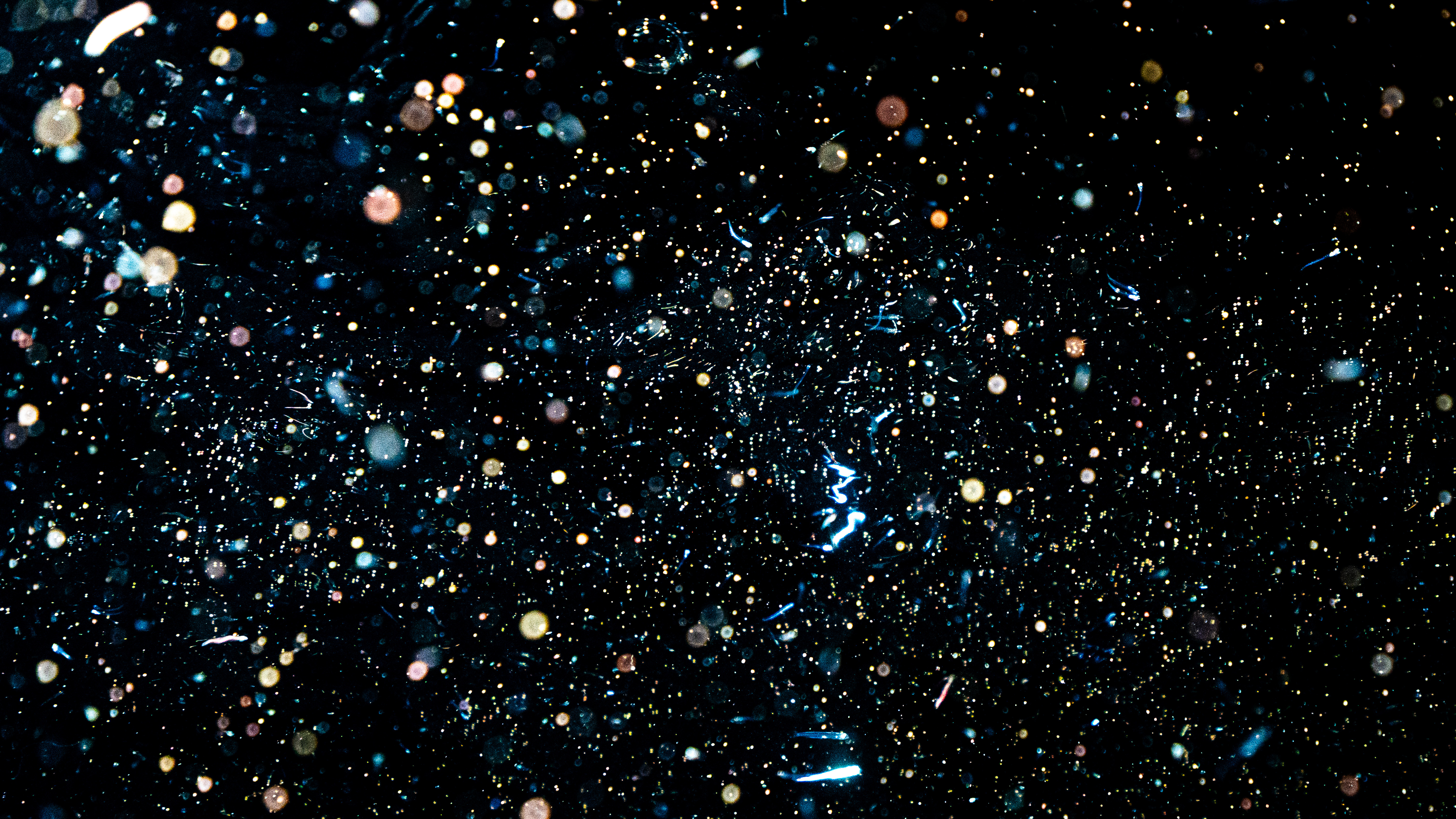
I was determined to witness this event, the heartbeat of the reef, and to document the efforts of those fighting to protect it. The journey led me to the Heron Island Research Station, where I encountered the Indigenous Futures program—an initiative merging scientific innovation with the wisdom of Traditional Owners to restore the Great Barrier Reef. A project led by The great barrier reef foundation and the Australian institute of marine science.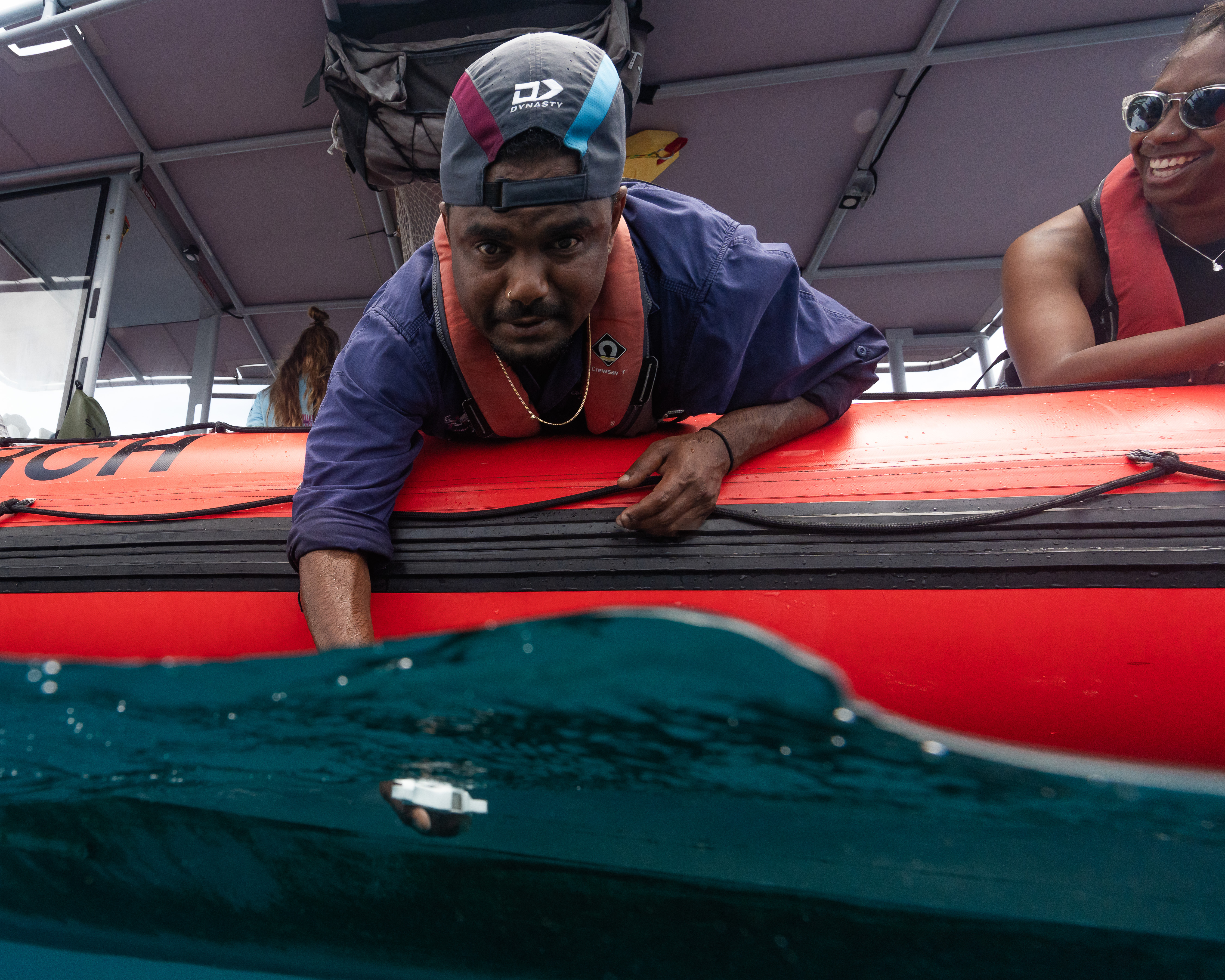
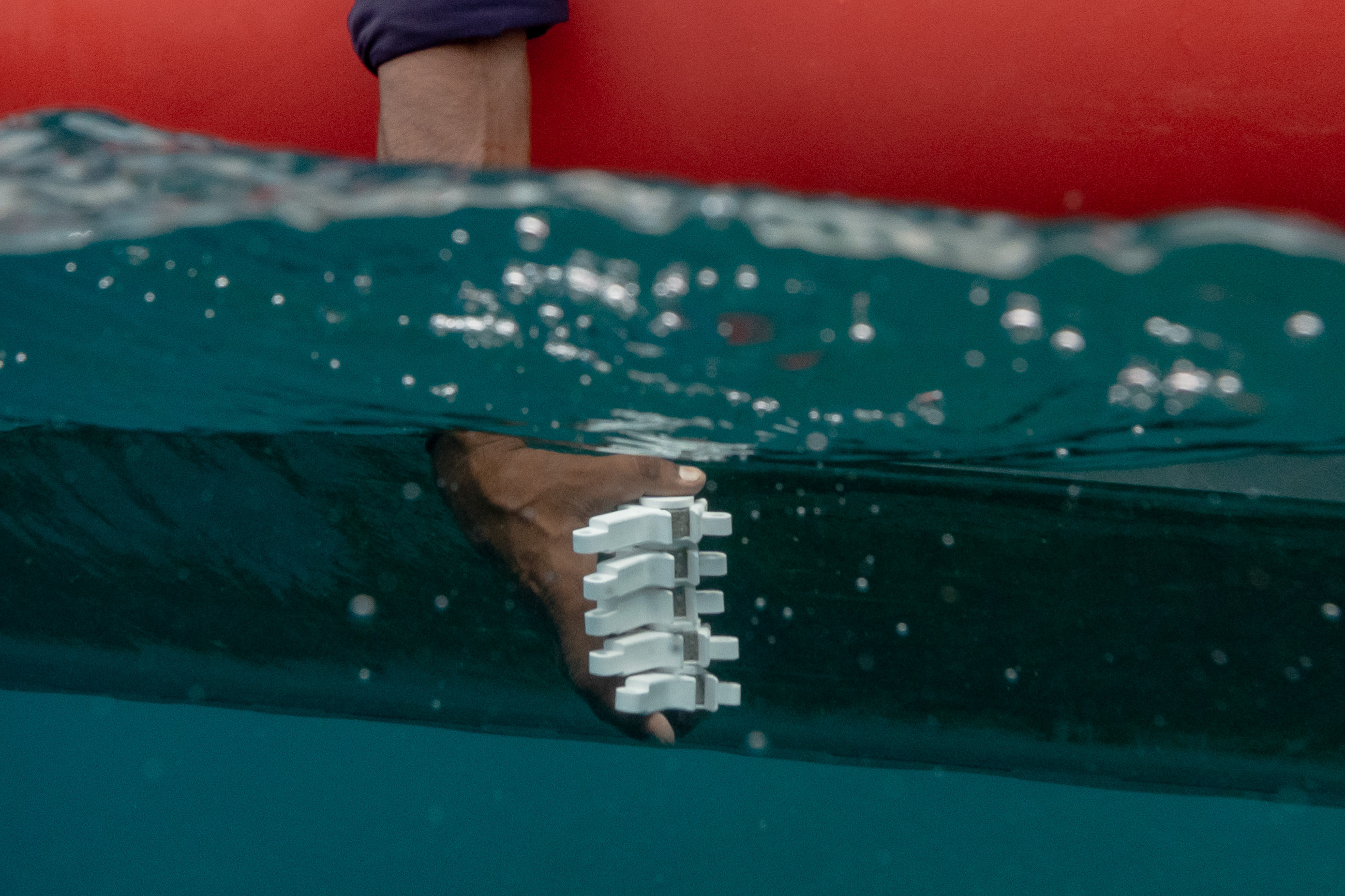
Indigenous Futures: Bridging Knowledge and Action
Reef restoration is more than a scientific endeavor; it is an act of cultural and ecological resilience. The Indigenous Futures program empowers Traditional Owners with hands-on training in coral interventions, from larval reseeding to settlement monitoring. These techniques honor centuries of Indigenous stewardship while addressing modern environmental crises.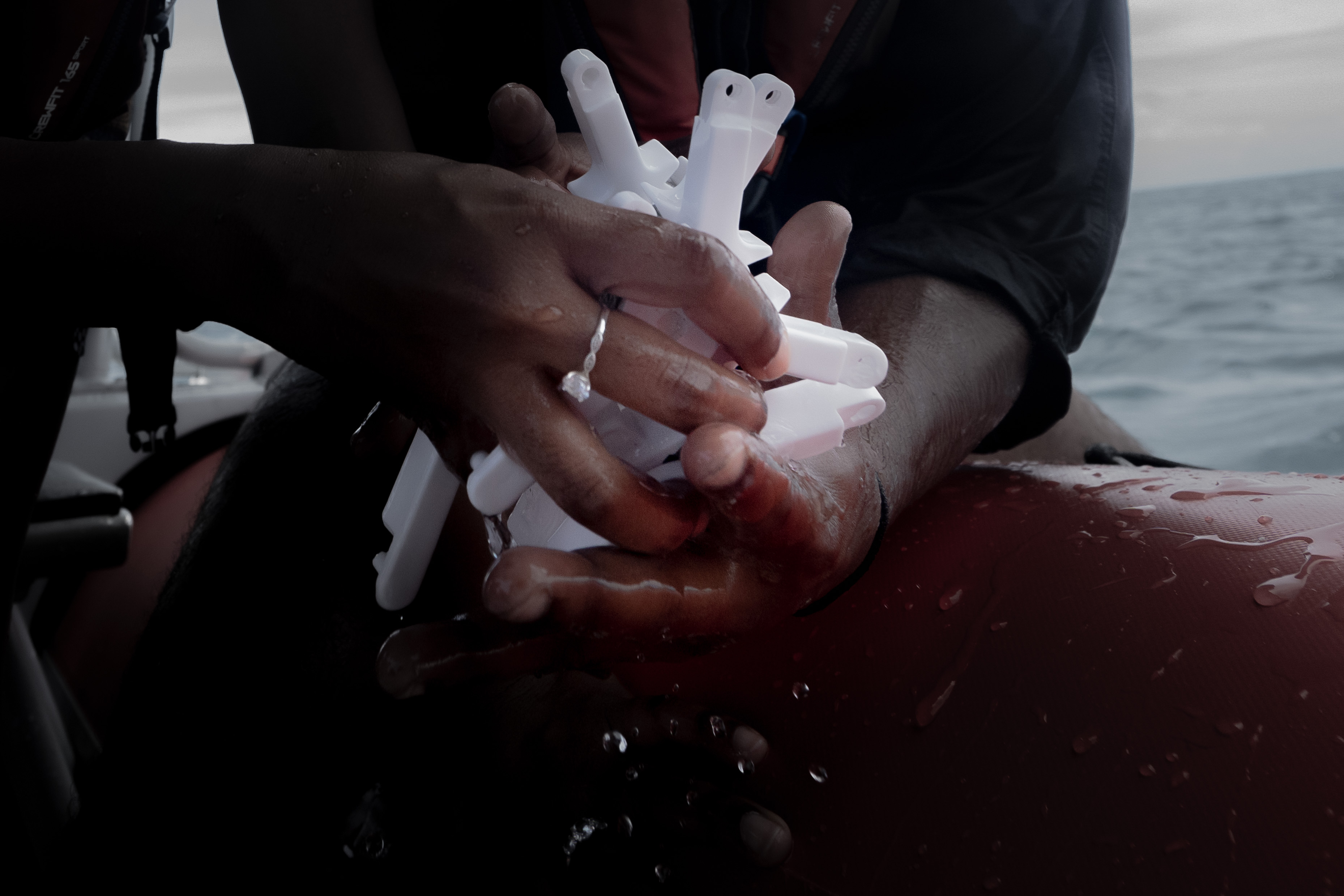
As I spent time with the AIMS team and Indigenous rangers, I saw firsthand how deeply connected they are to the reef—not just as researchers but as guardians. Their approach blends data with instinct, satellite tracking with ancestral knowledge. It is a powerful reminder that conservation is not just about preserving nature but about preserving relationships.
The program utilizes an innovative coral restoration technique involving ceramic settlement tiles. During coral spawning events, researchers and Traditional Owners work through long nights, carefully surveying the reef to collect floating coral eggs and sperm bundles. These are nurtured in controlled environments until they develop into larvae. The larvae are then placed onto specially designed ceramic tiles, which serve as artificial substrates that promote healthy attachment and growth. Once settled, these young corals are returned to the reef, enhancing their chances of survival and supporting reef recovery.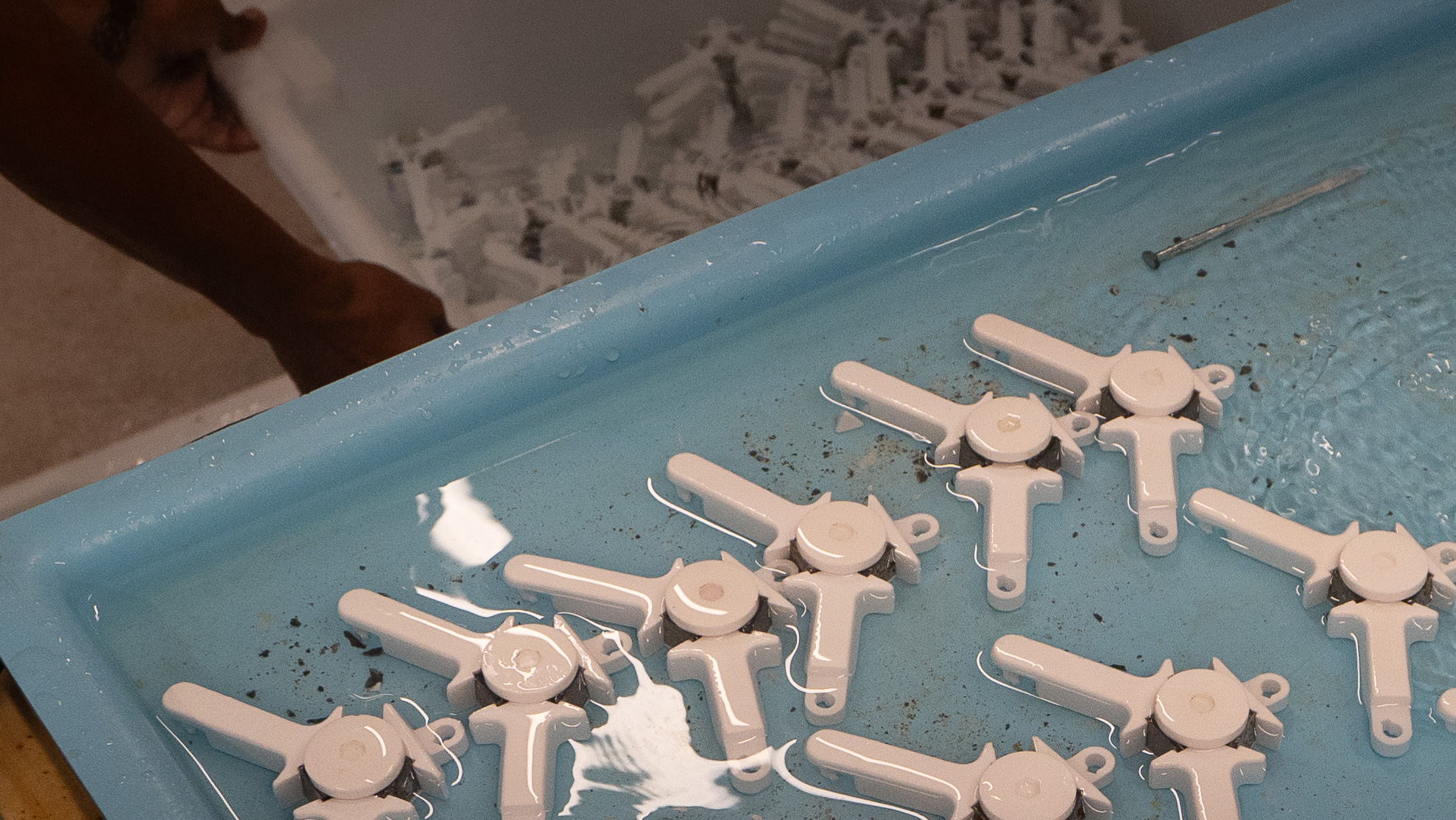
The Power of Interconnection
Coral reefs are the architects of life in the ocean. They shelter marine species, regulate coastal environments, and sustain human communities. Their survival is inseparable from our own.
Standing on the deck of the research boat, camera in hand, I was struck by the sheer magnitude of this interconnectedness. The Indigenous Futures program is more than a scientific project; it is a movement. It unites people from different backgrounds—biologists, divers, Indigenous leaders, and storytellers—toward a shared purpose. It reminded me that hope is not passive; it is something we build together.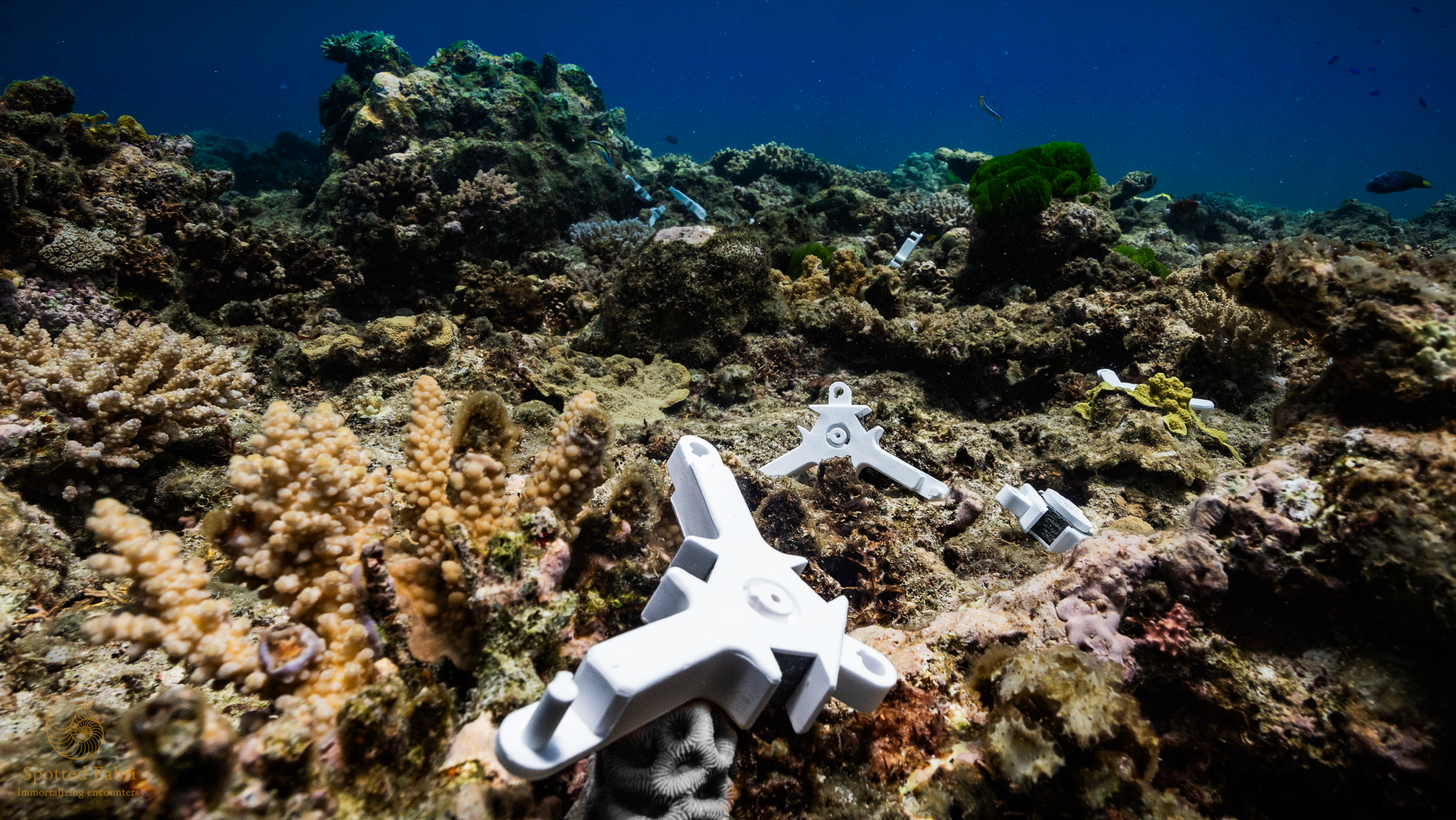
A Personal Journey
This experience changed the way I see my work. Photography has always been my way of translating the ocean’s voice, but now I understand the responsibility that comes with it. Science and storytelling are not separate. They feed each other. Through the lens, I captured the hands of Traditional Owners restoring corals, the glow of spawning gametes floating toward an uncertain future, and the unwavering determination of people dedicating their lives to protecting this ecosystem.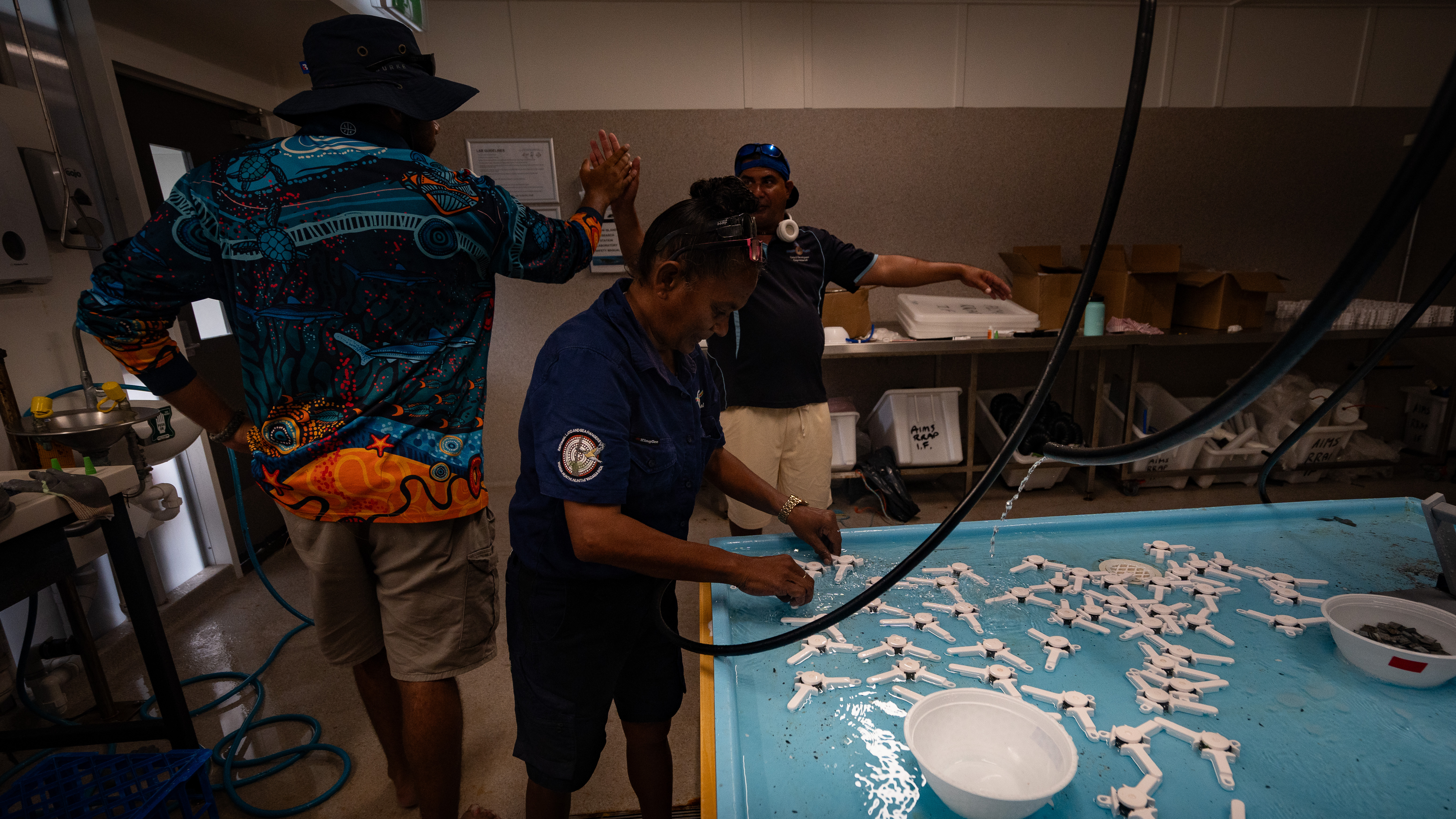
These are the heroes behind. The heroes behind all the efforts that ensures our future with the reef. This and much more people on the background fighting for this to happen.
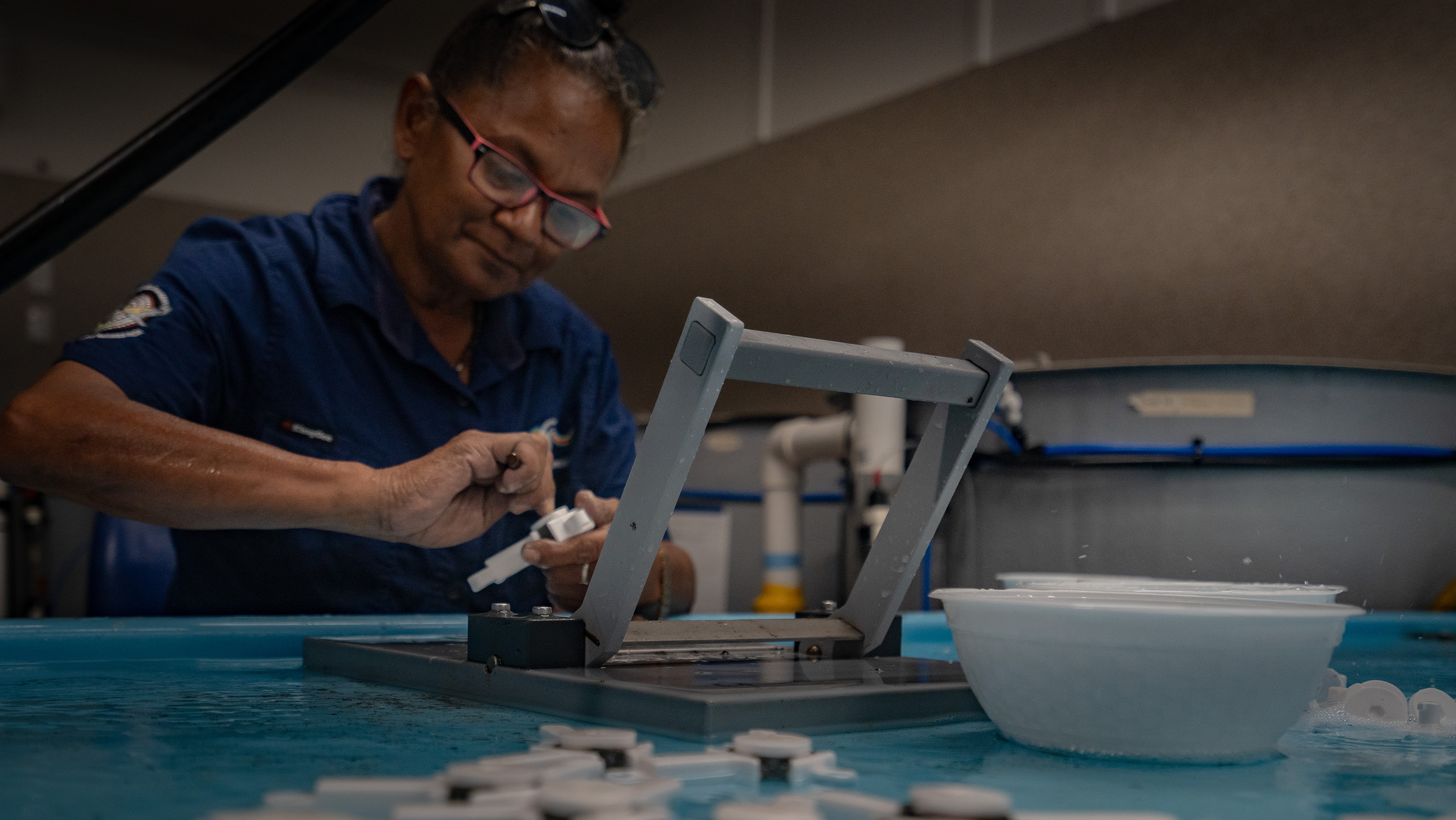 |
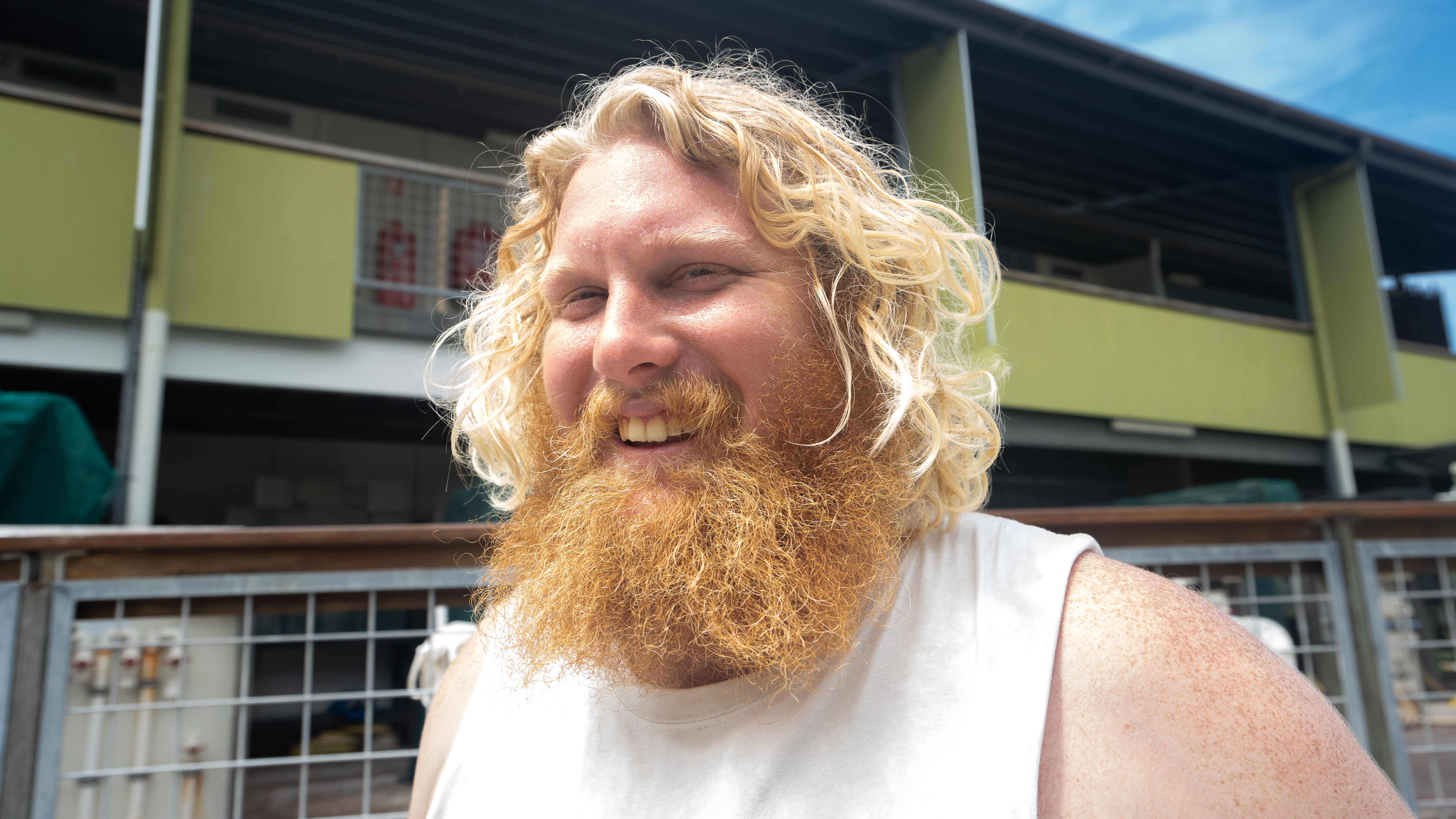 |
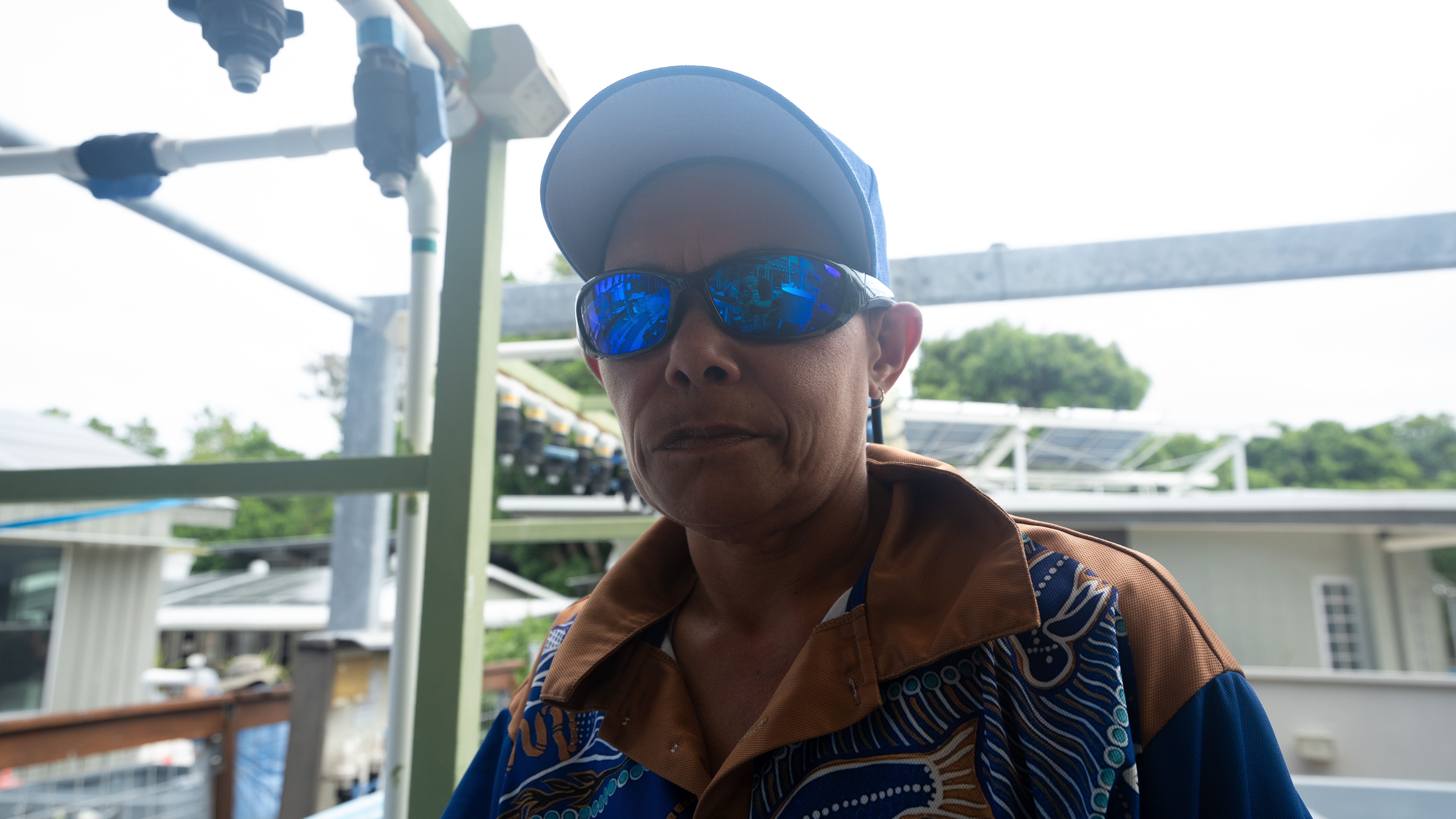 |
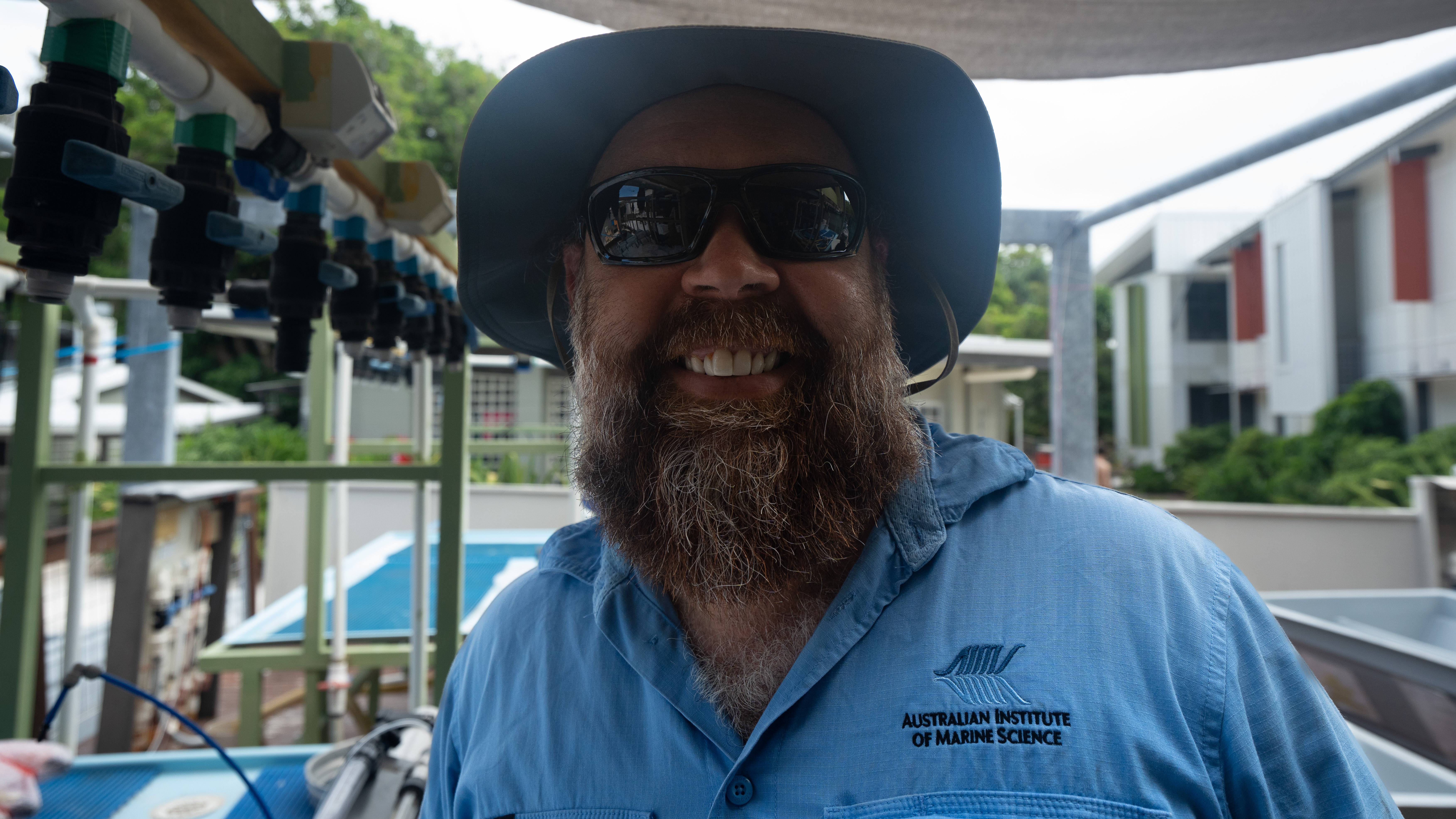 |
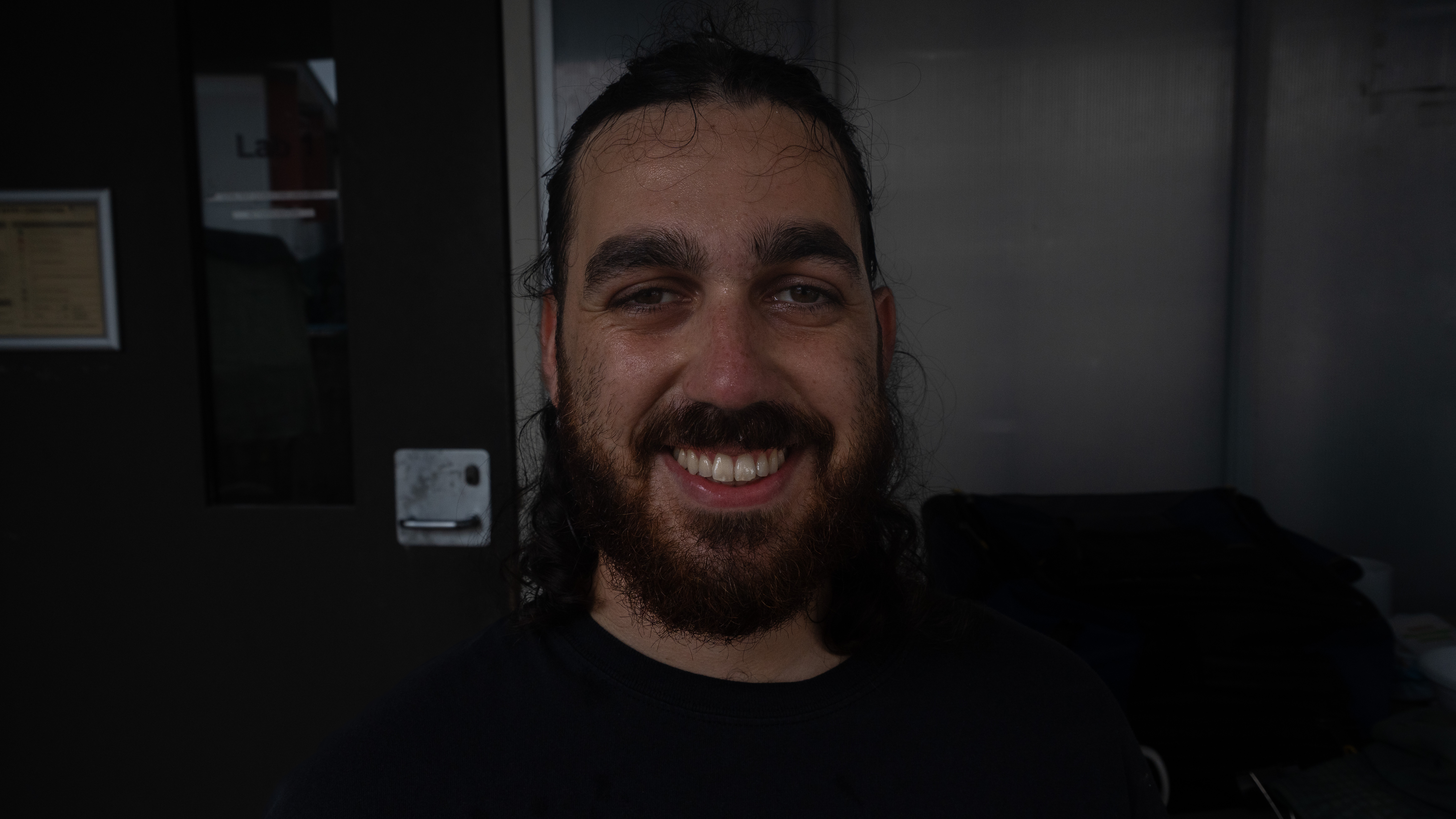 |
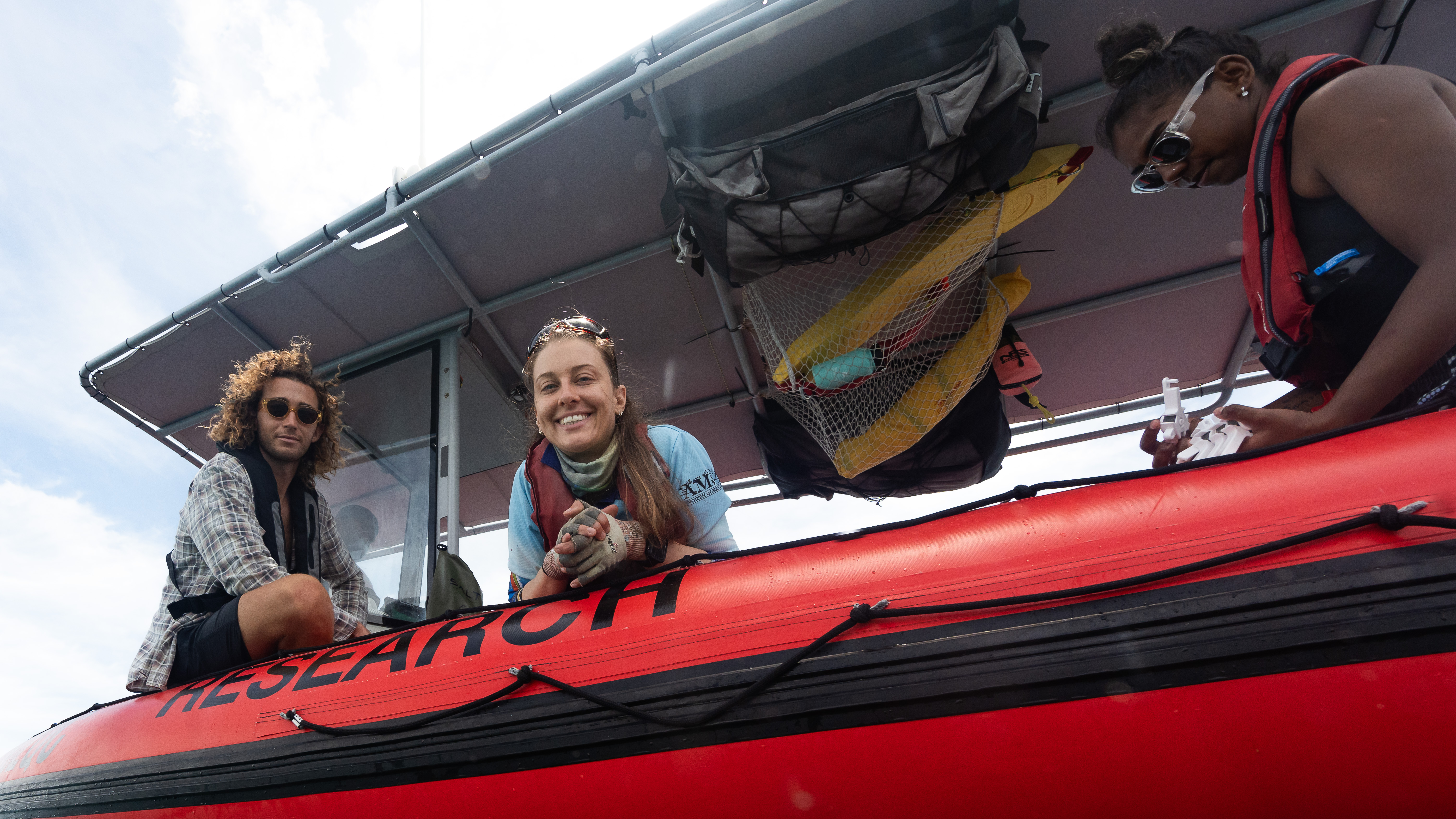 |
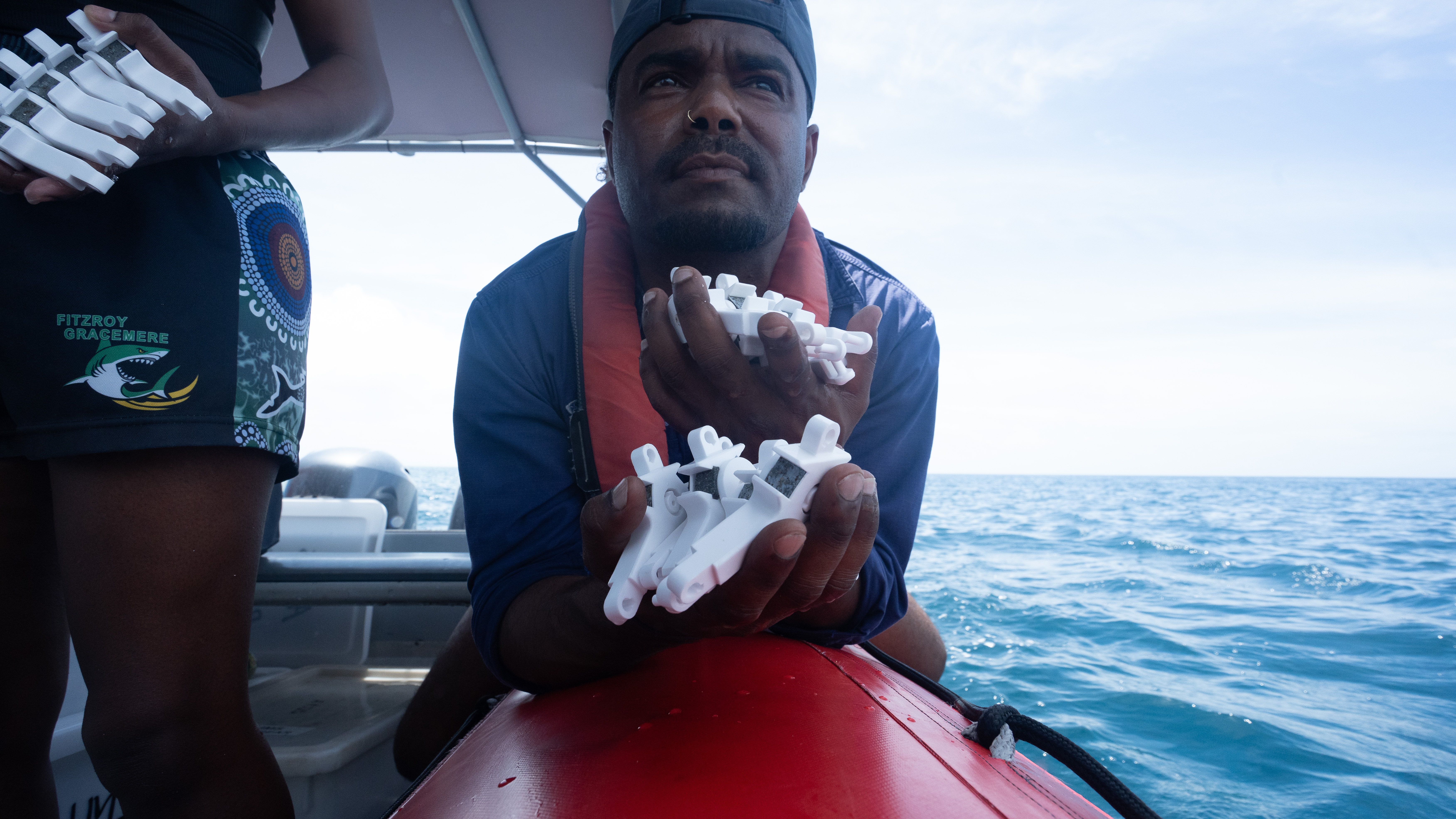 |
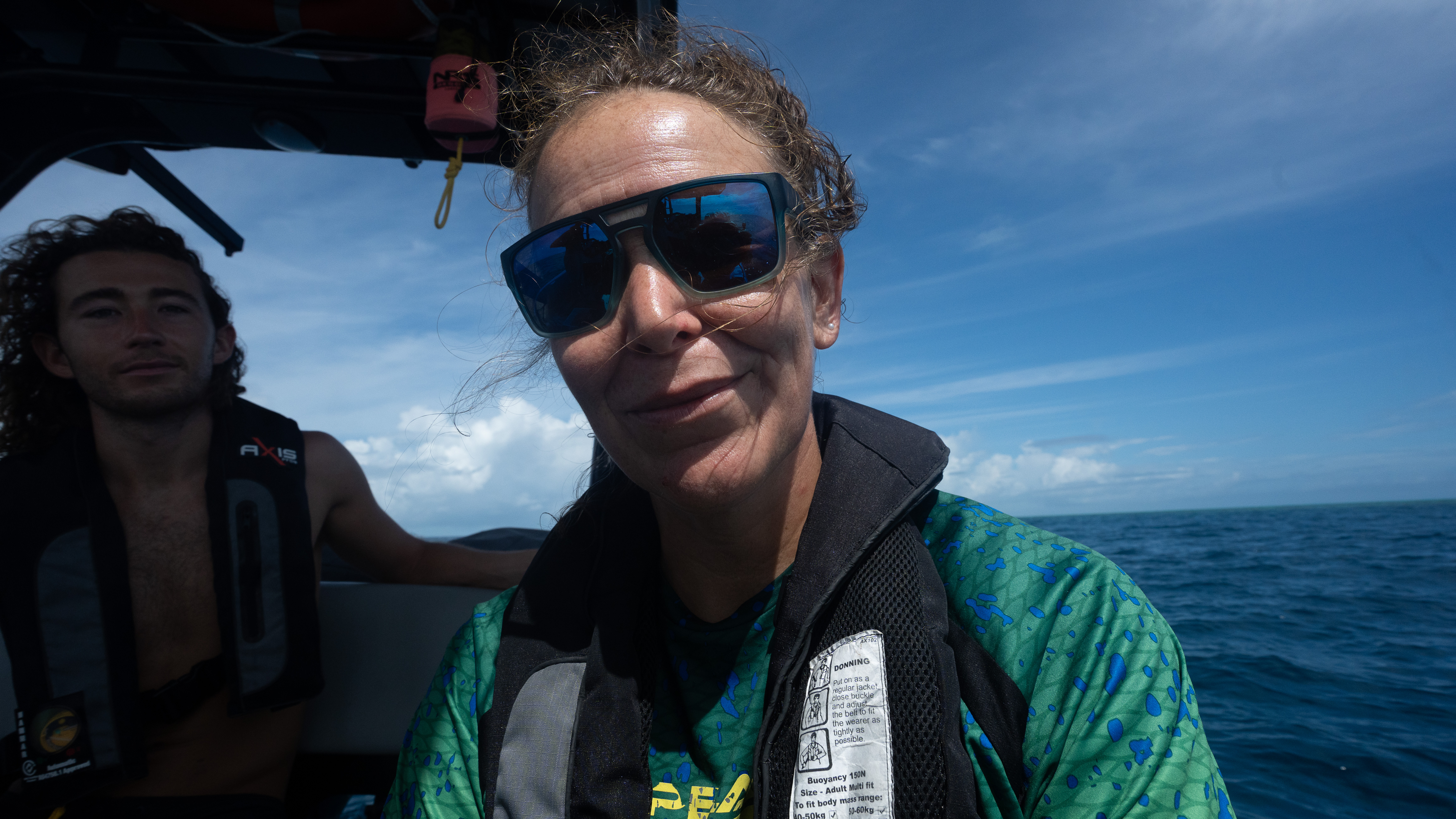 |
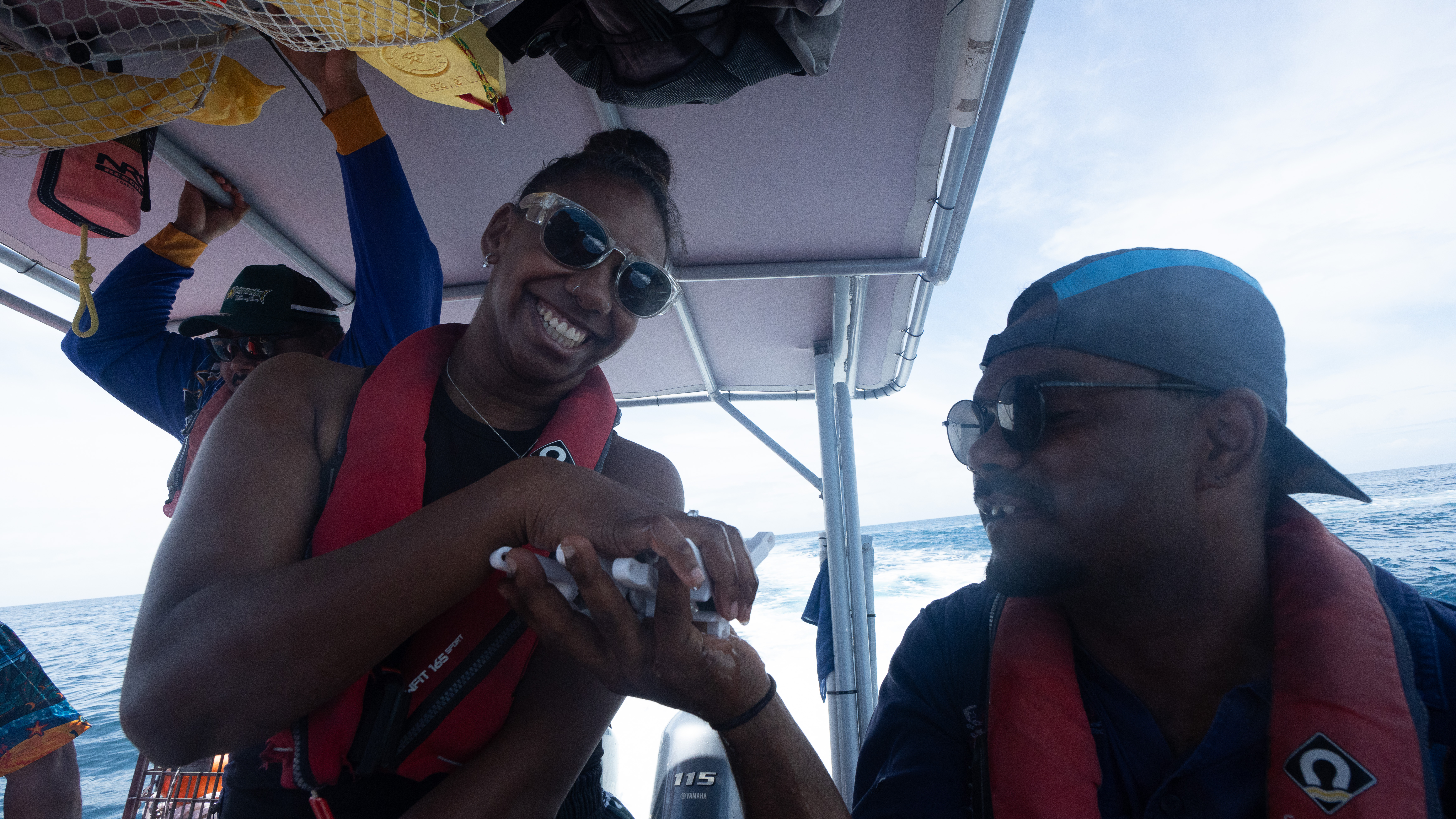 |
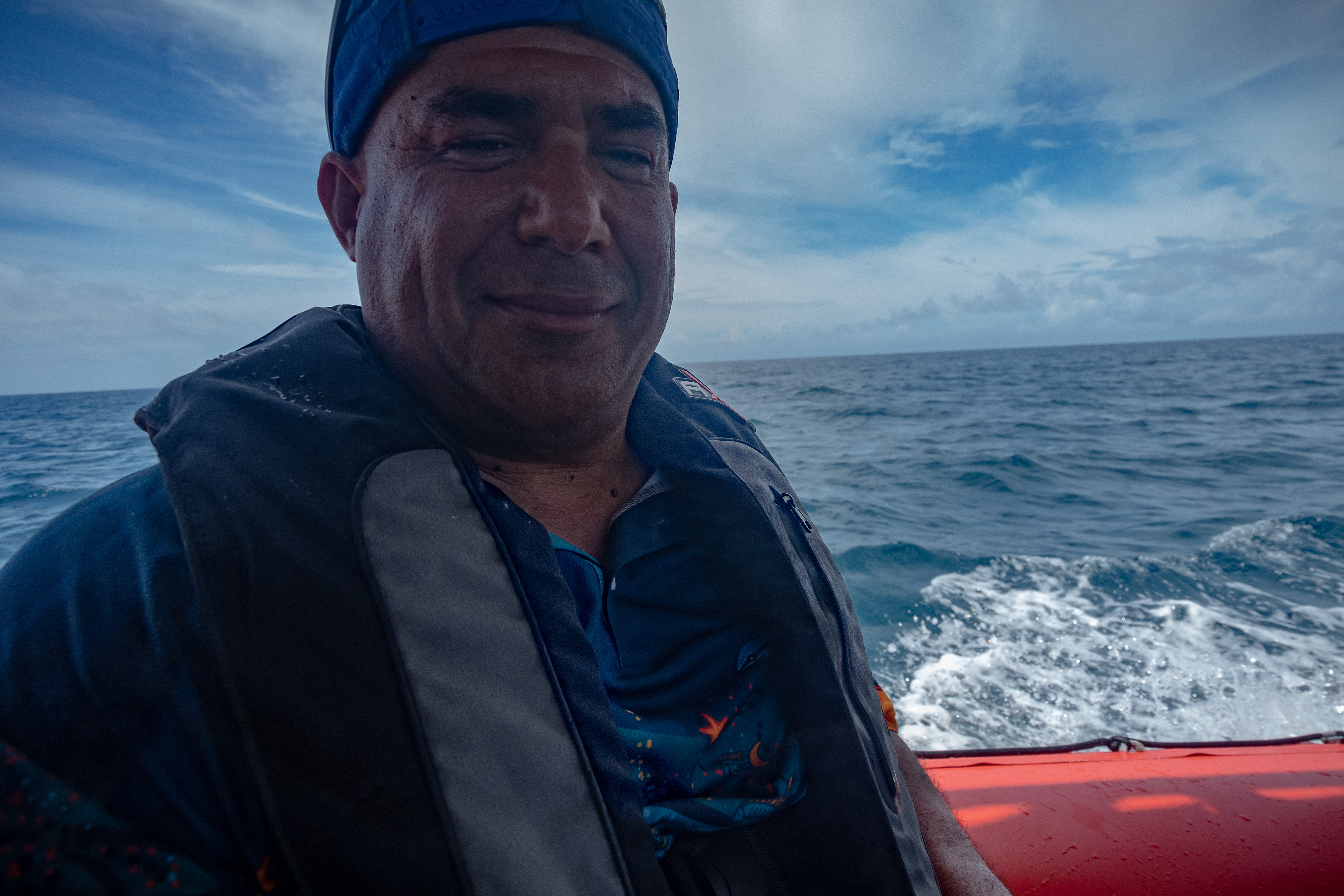 |
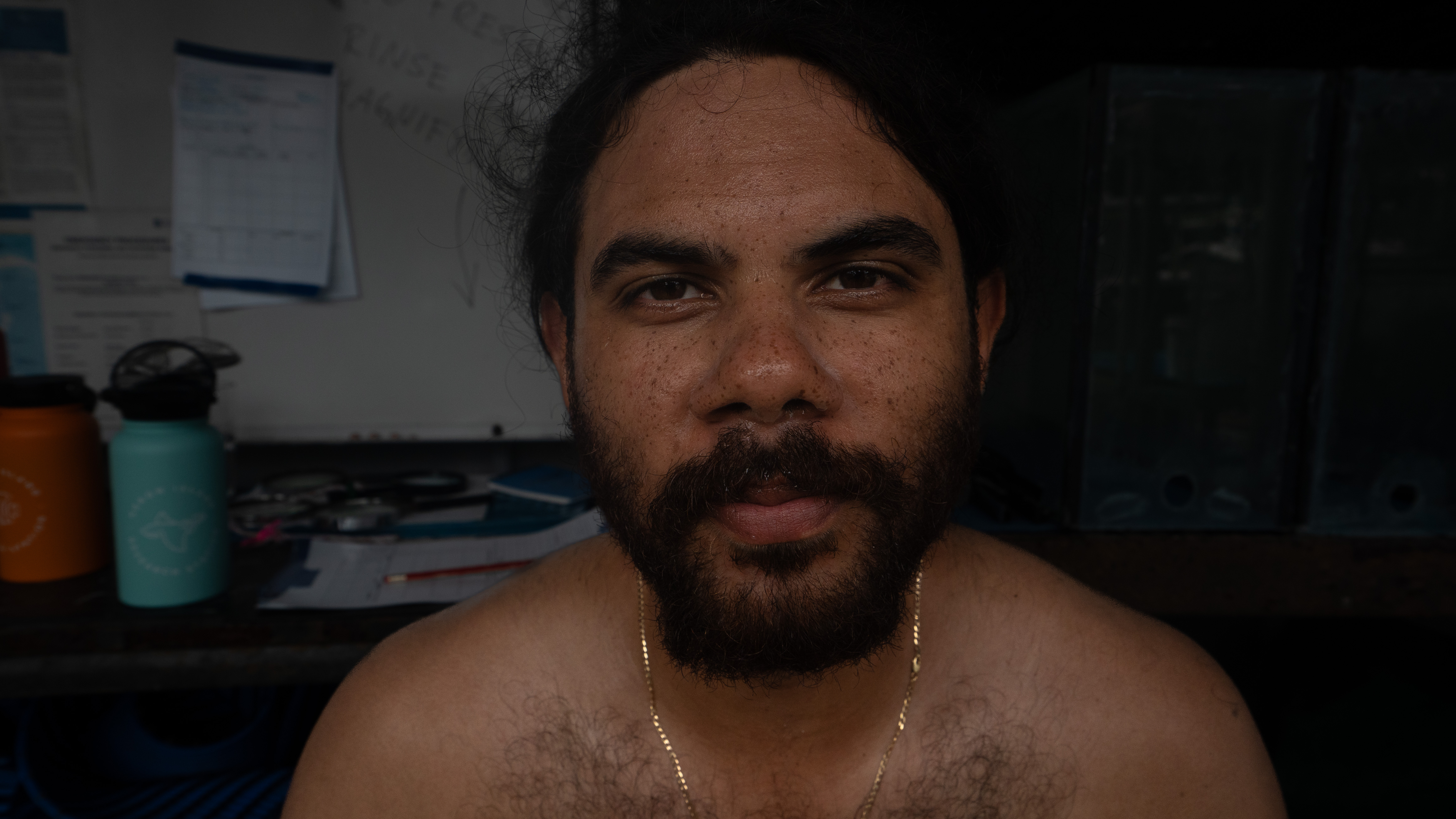 |
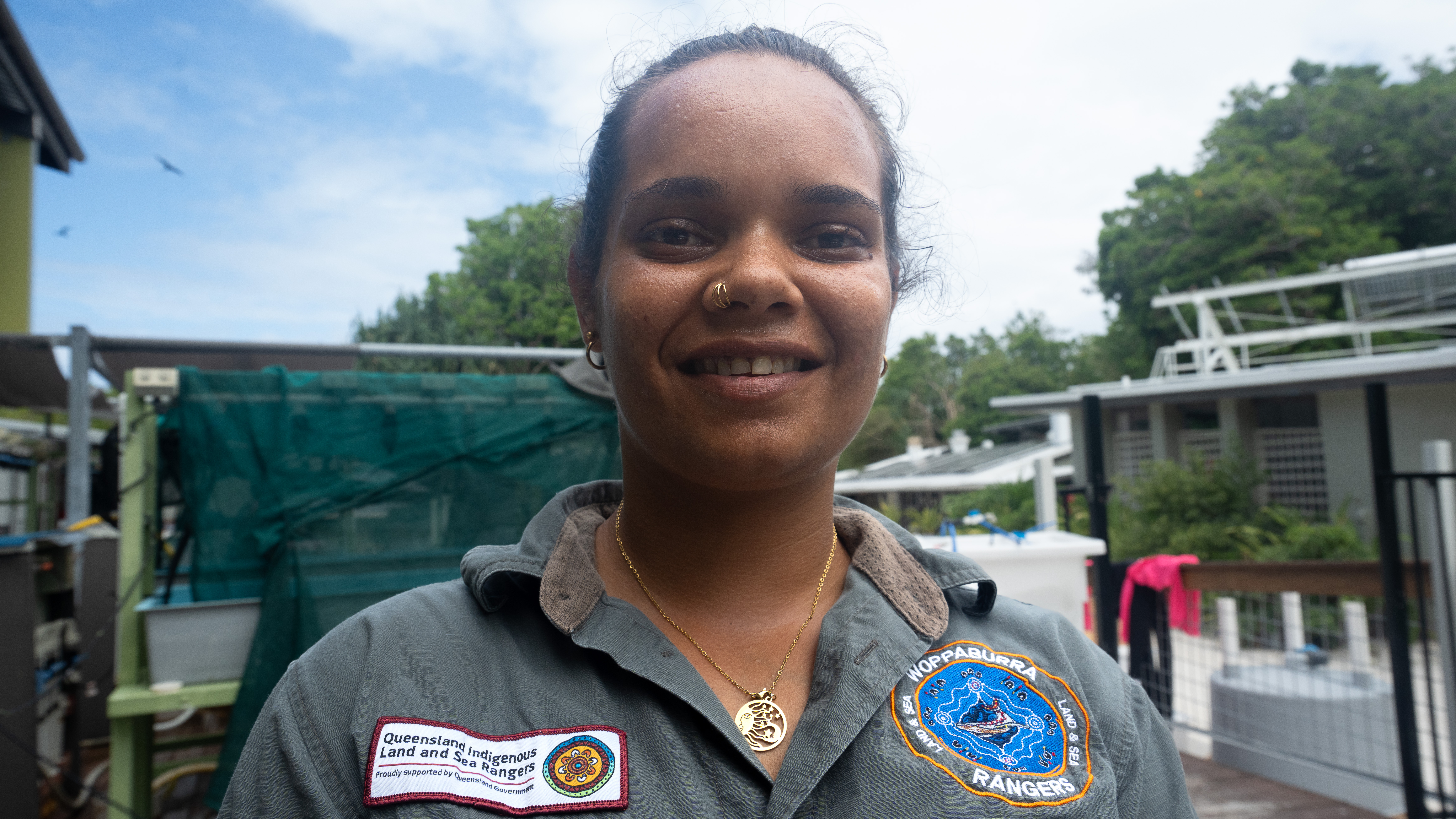 |
A Call to Hope and Action
Lately we are witnessing massive coral bleaching events around the globe. The climate change its real and striking us all. Especially for the ones living for, by, on and because of the reefs. They provide home for million species including humans.
This is another genius project like others, trying to mantain the life of the corals, using evrything we have in hand as humans to help the planet survive.
They were here for millions and millions of years but now we are witnessing how this essential living being is struggling to thrive.
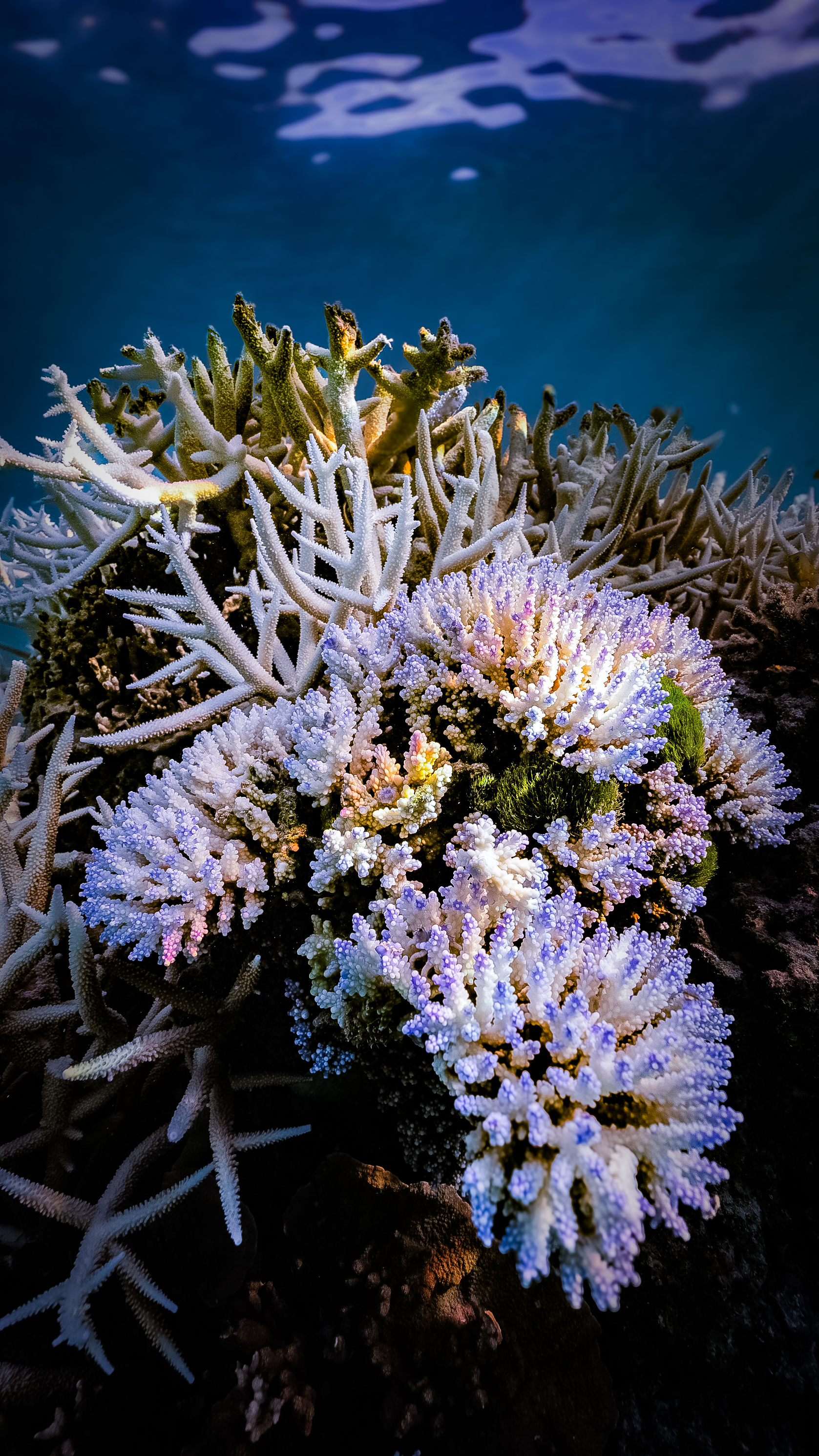
They need our help, and you can make a difference. Reduce your carbon footprint by using less energy and choosing reef-safe sunscreen. Support conservation by volunteering for beach clean-ups or coral restoration projects. Donations to organizations like AIMS or adopting a coral can directly fund reef recovery efforts. Indigenous-led initiatives, like AIMS' Indigenous Futures program, combine traditional knowledge with science to restore reefs—supporting them means protecting both culture and nature. Every action, big or small, helps ensure a thriving ocean for future generations.
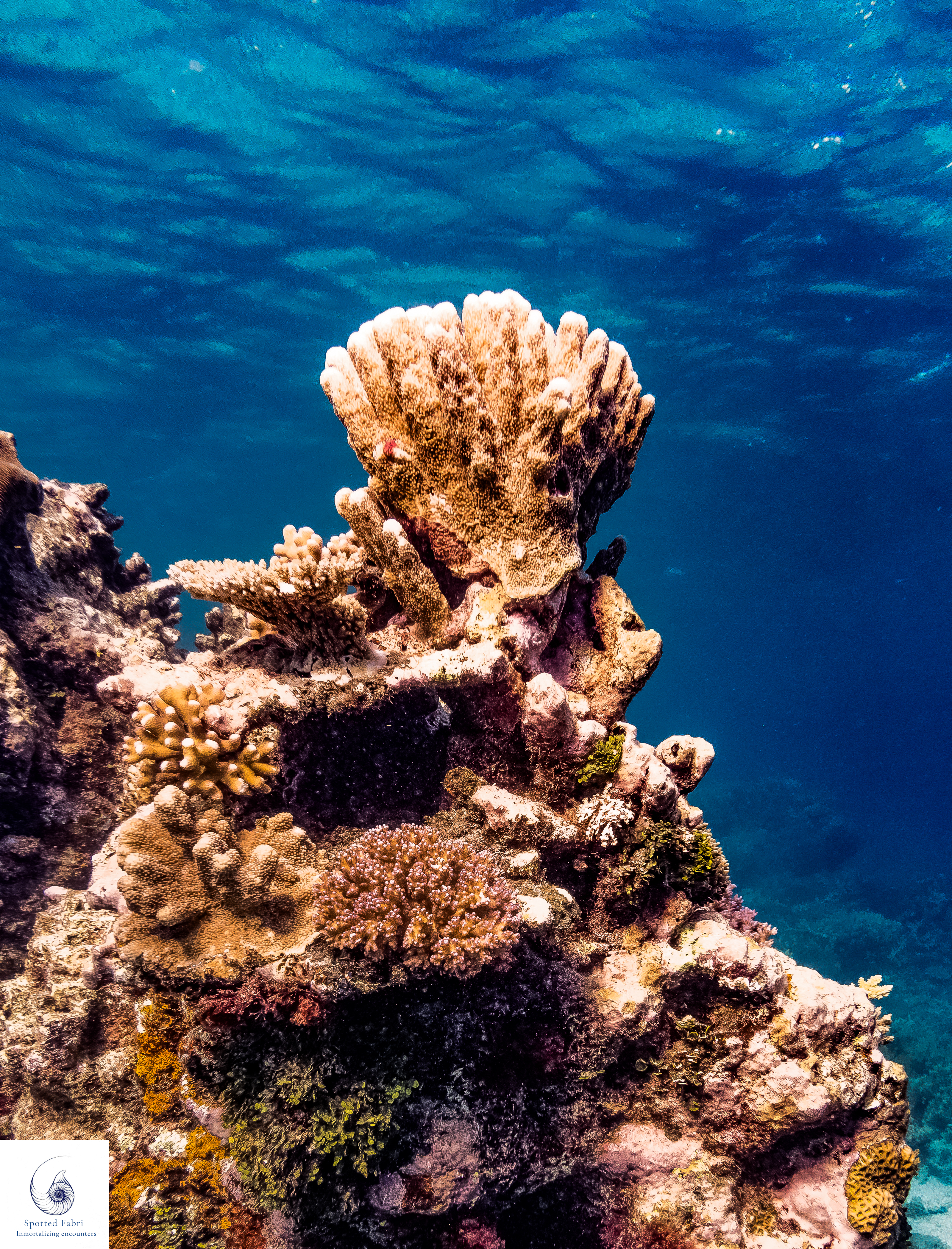
Traditional wisdom and scientific research are not opposing forces; together, they form a roadmap to resilience. The fight to save the reef is not just about the ocean—it’s about the people who depend on it, the cultures it sustains, and the future generations who deserve to experience its wonders.
This is just the beginning. May you always find beauty in the ocean, and may it always be with you.
If you want to know more about this project you can visit this link here
https://www.aims.gov.au/information-centre/news-and-stories/empowering-indigenous-rangers-care-sea-country-great-barrier-reef
Happy spawning 🌊🪸
SpottedFabri.png)
